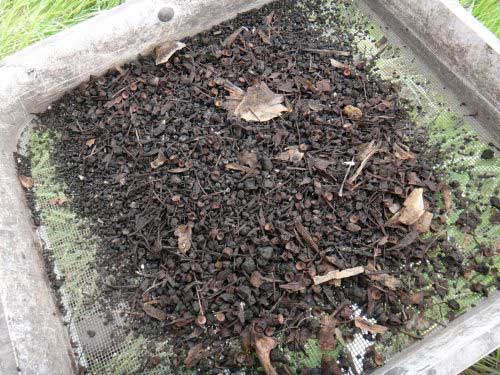
UAF-led study will examine long-term mercury levels in Bering SeaBy JEFF RICHARDSON
September 12, 2020
The project will look at modern, historic and ancient bones from Steller sea lions, northern fur seals and cod — species that gradually accumulate mercury in their bodies throughout their lifetimes. Because those species are top predators, they are considered “ecosystem sentinels.” The mercury levels in their bones should reflect amounts of the contaminant found in the Aleutian region when they were alive.
Julie Avery, Nicole Misarti and Lorrie Rea, research faculty at UAF’s Water and Environmental Research Center, will lead the project with Caroline Funk, an archaeologist from the University at Buffalo. Avery, the principal investigator, said the grant will also fund the work of two UAF graduate students. The bone specimens they study will mostly be from Indigenous archaeological sites in the eastern and central Aleutians, including collections housed at the Smithsonian, the University of Alaska Museum of the North, and the Museum of the Aleutians in Unalaska. The research team will also excavate in the western Aleutians, a region that is underrepresented in museum collections. Mercury pollution is a well-known byproduct of industrial activity, particularly coal consumption. As an environmental contaminant, its presence is a health concern for animals in the Arctic region and for the people who consume them. However, mercury can also be released through natural sources, such as volcanic eruptions and melting glaciers. The NSF study will help determine the effect that natural events have had on mercury levels in the region, even before human-caused industrial activity became widespread. “We know that humans currently contribute large quantities of mercury to the atmosphere through industrial processes. What we don’t know is what are the natural dynamics of mercury in the Aleutian environment,” Avery said. “To investigate that, we must look to the past.” Avery said the research will be accompanied by outreach in the region, including community events, traveling museum exhibits, and educational events for students and communities.
|
|||||
